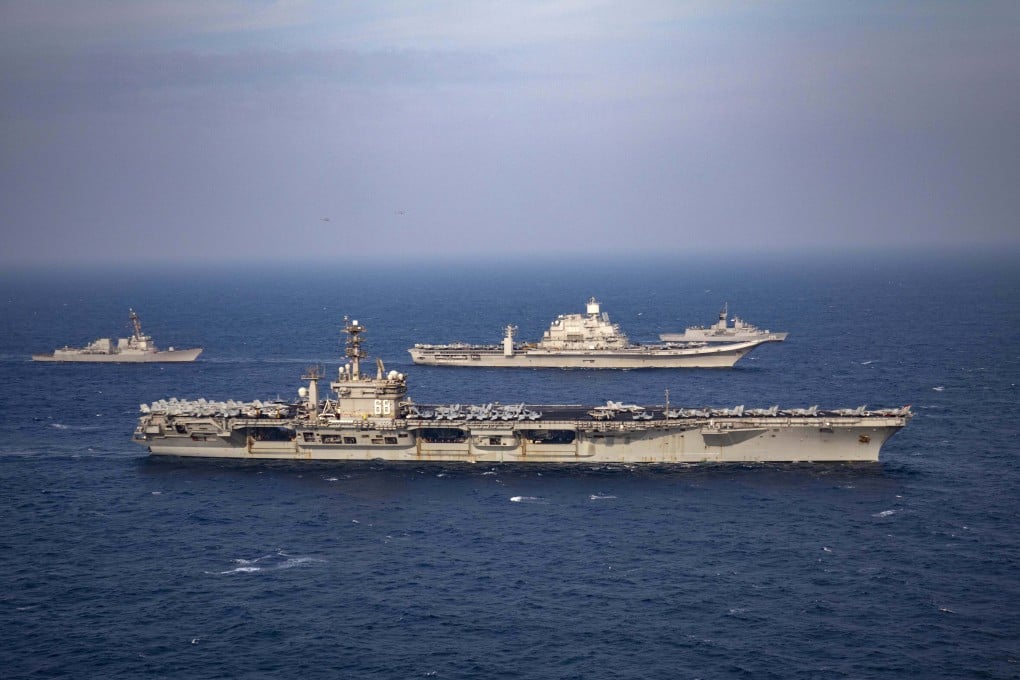Explainer | Why did the US conduct a freedom of navigation operation against India, and what will the fallout be?
- Analyst says US Navy’s decision to send patrol into New Delhi’s waters is a sign Biden administration wants to reiterate America’s position as a global leader
- Such operations are common, but the fact that it was publicised ruffled India’s feathers – and that its vulnerabilities could have been exposed to China

Feathers were ruffled in New Delhi after the US Navy on Wednesday sent a warship into India’s exclusive economic zone (EEZ) for a freedom of navigation operation (FONOP), without seeking prior approval. The patrol came while US presidential climate envoy John Kerry was in the Indian capital on a three-day visit to push New Delhi to take stronger action on climate change.
Stung by the suddenness of the operation, India’s Ministry of External Affairs on Friday registered a mild protest by implying that the operation was unauthorised, and adding that its concerns had been conveyed to Washington “through diplomatic channels”.
In response, American officials said the ship had simply “asserted navigational rights and freedoms in the vicinity” by conducting an “innocent passage” through Indian waters.
WHY HAS INDIA PROTESTED THE OPERATION?
The US Navy 7th Fleet on Wednesday issued a press release saying it had “asserted navigational rights and freedoms” inside India’s EEZ, and that it had done so by sailing the USS John Paul Jones, a 9,000-tonne guided missile destroyer, through Indian waters without requesting prior consent from New Delhi.
The “prior consent” to which the US Navy refers is the bone of contention between the two countries. In its Friday statement, India said it believed the 1982 United Nations Convention on the Law of the Sea (Unclos) “does not authorise other states to carry out military exercises or manoeuvres, in particular those involving the use of weapons or explosives, without the consent of the coastal state” in either its EEZ or on the continental shelf.